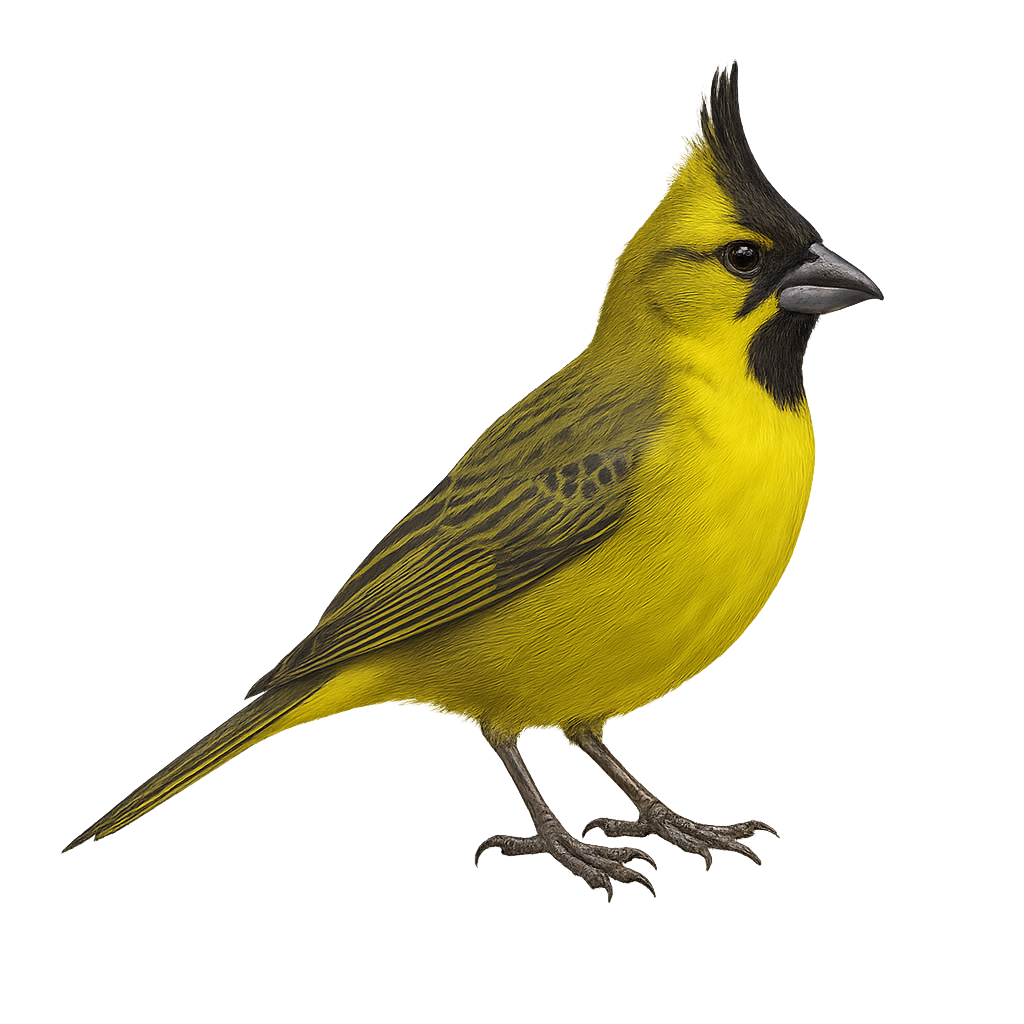Your wildlife photography guide.
Explore the yellow cardinal in detail, study its behavior, prepare your shots.
Where to observe and photograph the yellow cardinal in the wild
Learn where and when to spot the yellow cardinal in the wild, how to identify the species based on distinctive features, and what natural environments it inhabits. The WildlifePhotographer app offers tailored photography tips that reflect the yellow cardinal’s behavior, helping you capture better wildlife images. Explore the full species profile for key information including description, habitat, active periods, and approach techniques.
Yellow Cardinal
Scientific name: Gubernatrix cristata

IUCN Status: Endangered
Family: THRAUPIDAE
Group: Birds
Sensitivity to human approach: Suspicious
Minimum approach distance: 10 m
Courtship display: October to December
Incubation: 14-16 jours
Hatchings: October to January
Habitat:
Open forests, savannas, shrublands
Activity period :
Primarily active during the day, with peak activity in the morning and late afternoon.
Identification and description:
The Gubernatrix cristata, commonly known as the Yellow Cardinal, is a medium-sized songbird recognizable by its distinctive crest and bright yellow plumage. Native to South America, it primarily inhabits the wooded regions and open savannas of Argentina, Uruguay, and Brazil. Unfortunately, this species is endangered due to illegal capture for the pet trade and habitat loss. The Yellow Cardinal is a social bird, often observed in small groups. Its melodious and powerful song is a characteristic trait that attracts the attention of ornithologists and bird enthusiasts. Conservation efforts are underway to ensure its survival, including the protection of its natural habitat and captive breeding programs.
Recommended lens:
400 mm – adjust based on distance, desired framing (portrait or habitat), and approach conditions.
Photography tips:
To photograph the Yellow Cardinal, it is advisable to use a 400mm lens or longer to capture detailed images without disturbing the bird. Look for it in open forests and savannas where it is often active during the day. Be patient and discreet, as this bird can be suspicious. Use a tripod to stabilize your camera and wait for the right moment to capture its melodious song. Morning or afternoon light is ideal for achieving vibrant and natural colors.
The WildlifePhotographer App is coming soon!
Be the first to explore the best nature spots, track rutting seasons, log your observations, and observe more wildlife.
Already 1 432 wildlife lovers subscribed worldwide

